
Ye Olde Melton Mowbray Pork Pie
[caption id="BeyondtheBookshelf_img1" align="aligncenter" width="1024"]
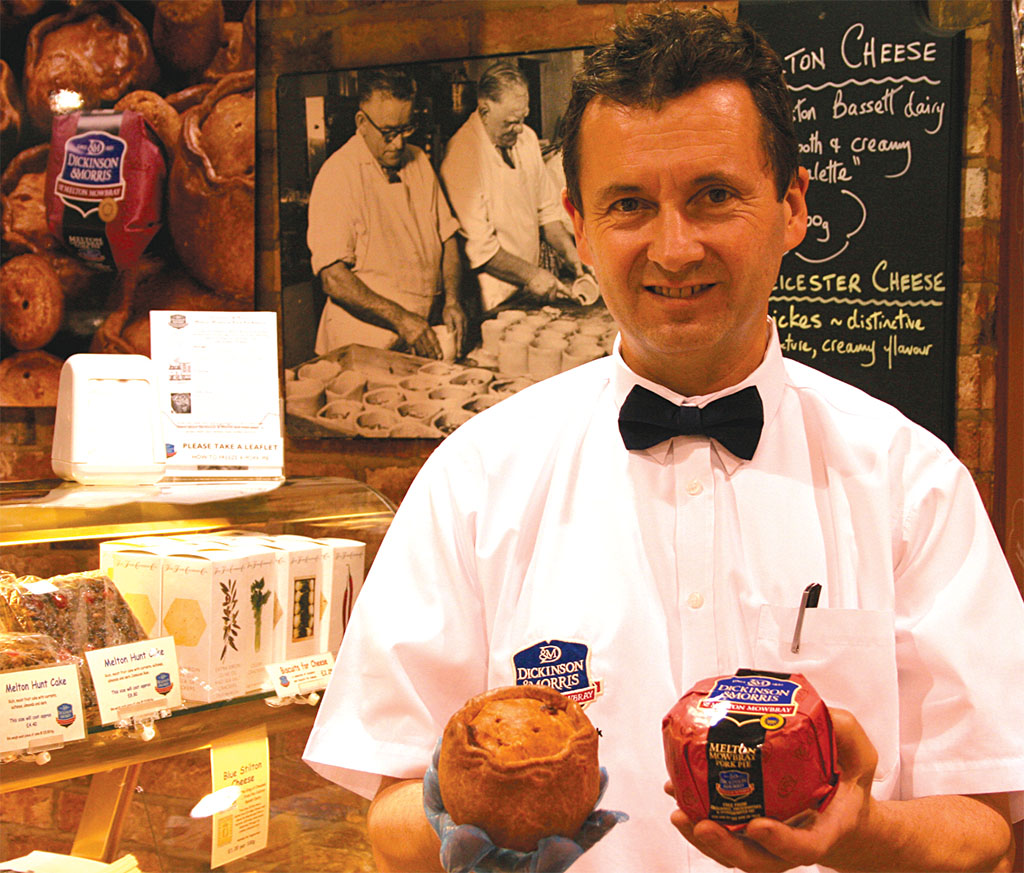
DANA HUNTLEY
CHAMPAGNE comes from a particular region of France, Parma ham from northern Italy and Melton Mowbray pork pies must be baked in &heliff; Melton Mowbray and a clearly defined neighborhood around the Leicestershire market town. After a campaign of years, the European Union at last granted a protected geographical designation status to the Melton Mowbray pork pie.
Of course, anyone can make a pork pie and call it a pork pie. “Now, if a pie says ‘Melton Mowbray’ on it,” affirms Stephen Hallam at Ye Olde Pork Pie Shoppe in Melton Mowbray, “it’s the real thing; it’s a premium pie.”
The company of Dickinson & Morris have been baking pork pies here since 1851. Hallam is their foremost evangelist and one of the forces behind the promotion of the genuine article to the world.
To be a Melton Mowbray pork pie, the pie must, first of all, come from the designated area around the eponymous market town—defined roughly between the M1 and the A1.
Second, it must be made of fresh, uncured British pork. The coarsely chopped pork baked inside the pie will be the same color as a pork chop or roast, not the sad pink of nitrate-cured meats found in lesser pork pies.
Third, the pies are hand-raised with a lard and hot water crust; the pastry is molded to form a four-inch bowl into which the lovely chopped pork is loaded before baking. In the baking process, the freestanding pie settles somewhat giving a slight bow to the finished product. No two pies are exactly the same; they are all slightly different. “That’s all part of the charisma,” Hallam says.
The only spices added to the pie are salt and a hefty dose of premium pepper, which, Hallam notes, “adds piquancy and enhances the flavor of the pork.”
Into the baked pie is infused a natural pork bone jelly—in effect a chilled consommé—to fill the gaps between meat and crust, replace the moisture lost in the baking and add a certain melt-in-themouth succulence.
The finished pie is wrapped in paper. After all, you have to get the pie home in good condition, and it does need to be refrigerated. Cut a slice off the pie and lay it cut side down an hour or so before you eat it. “Take the chill off, so that you get the full spectrum of flavors,” Hallam urges. “Like cheese, if you eat it cold, you suppress the flavor,” he explains. Hallam should know; he enjoys a slice or two daily himself, perhaps with a bit of pickle or a nibble of Melton Mowbray’s other great local comestible, Stilton cheese.
The story is that these famous pork pies were first made by a Melton Mowbray baker for 18th-century gentlefolk to pack along on their autumn fox hunting parties in the area—much like Cornish miners took convenient pasties into the pits.
Today, seven commercial bakers make real Melton Mowbray pies. Though undoubtedly their own partisans can claim to tell by taste and texture of a pie, the defining signature of each is the crimp on the pie’s top crust. Dickinson & Morris is the oldest such pie-maker, however, and the only one actually still located there in the market town.
“Pies themselves are iconically British,” Hallam acknowledges, “but the Melton Mowbray pork pie is the Rolls Royce of pork pies—the one against which all others are judged.”
Though Dickinson & Morris make individual pies, mini-pies and larger pies, the standard pie size is a pound. At Ye Olde Pork Pie Shoppe, the baker sells 4,500 onepound pies a week. That rises to 30,000 pies in the week before Christmas. Some 30 per cent of those pies are sold to area visitors. “After all,” says Hallam with a well-fed smile, “you can’t leave Melton Mowbray without a pie and some Stilton cheese.”
[caption id="BeyondtheBookshelf_img2" align="aligncenter" width="1024"]
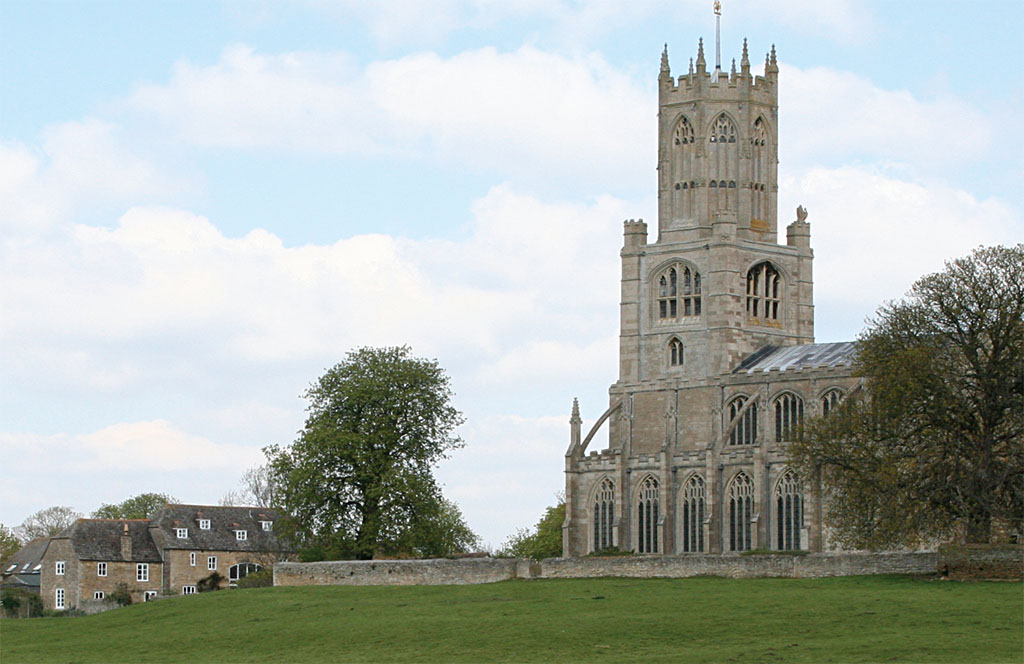
DANA HUNTLEY
[caption id="BeyondtheBookshelf_img3" align="aligncenter" width="666"]
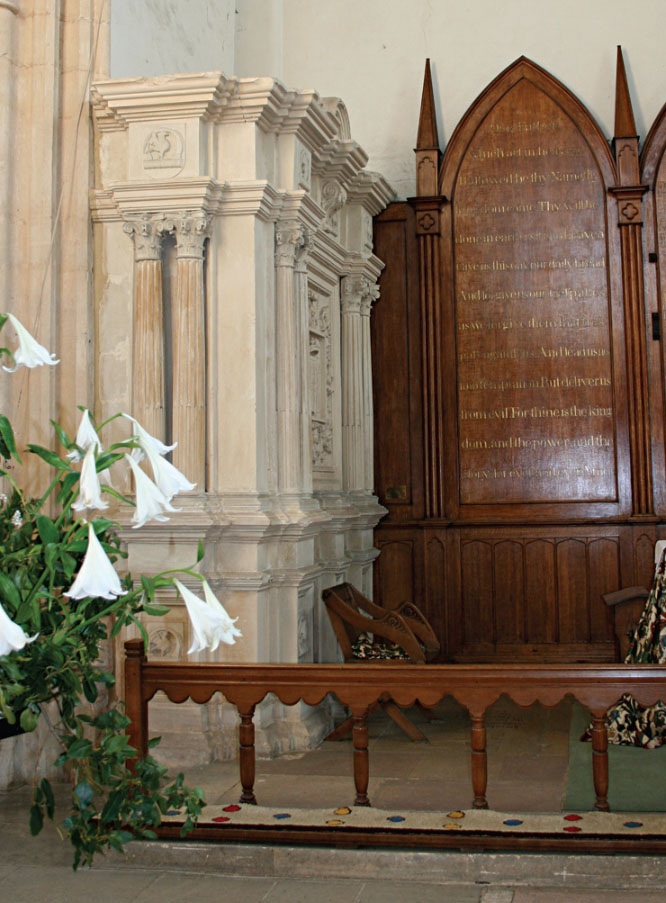
DANA HUNTLEY
The Battle of Wakefield Revisited
DVD
[caption id="BeyondtheBookshelf_img4" align="alignright" width="261"]
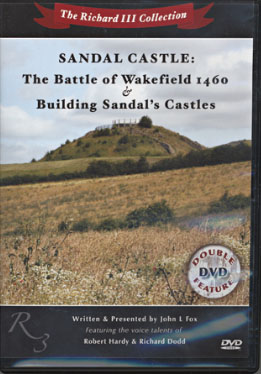
DANA HUNTLEY
AT ONE TIME, Sandal Castle was among the most impressive castles in northern England. Today it is in utter ruins. This is the fascinating story behind the castle and its history. Computer reconstructions of the 15th-century fortress now give viewers the opportunity to tour around Sandal for the first time in 400 years.
The opening episode of this well-done documentary takes us back to the castle’s most famous event—as site of the December 1460 Battle of Wakefield, among the most history-shifting confrontations of the Wars of the Roses. Narrator Robert Hardy reconstructs how the opposing Lancastrian forces marshaled around the fortress holding Richard, the Duke of York, and his allies, and details how the battle unfolded in front of the castle on Wakefield Green, destroying the Yorkist army and causing the death of the Duke and his second son Edmund, Earl of Rutland.
The second feature is “The Building of Sandal’s Castles,” detailing how the castle was built and rebuilt over the centuries from William the Conqueror to its subsequent role in the late 15th-century rule of Richard III. It’s a fascinating depiction of how Sandal (like most such medieval fortresses) was a work in progress, constantly evolving as each generation modified its defenses and adapted its living spaces. Beyond that, of course, the story unpacks Sandal Castle’s changing role in the boisterous, often brutal, history of its times and place.
This is a delightful, informative video, but it does not pretend to be objective, or to stick to the received text of history. That is, its Yorkist sympathies are clear, and its conclusions are frankly pro-Ricardian. Nonetheless, it offers a persuasive, fresh account of the Battle of Wakefield, and, though its eponymous subject is Sandal Castle, the result provides keen insight into the role castles played in both the military and political machinations of the Middle Ages. This is a pricey disk, but worth it. Readers can most efficiently order the DVD from www.loyaltybindsme.com.
The Reburial of the DUKE OF YORK
FOLLOWING THE BATTLE of Wakefield, the heads of Richard, Duke of York, and his son Edmund were displayed on pikes from the York city walls. Their bodies were unceremoniously buried at Pontefract. After the nearby Battle of Towton the next spring, The Duke’s oldest son and heir, Edward, had the heads of his father and brother reunited with their bodies.
In July 1476, the king, now Edward IV, had the bodies exhumed and with great ceremony transported south to his father’s seat at Fotheringhay. With much pomp and circumstance, they were there entombed in the parish church of St. Mary and All Saints, which had been erected with Yorkist patronage. An elaborate funeral feast for some 15,000 people followed the reburial.
This summer, from July 21-29, the Wakefield Historical Society will retrace the journey of that cortege to commemorate the 550th anniversary of Richard, Duke of York’s, death at Sandal Castle. Information can be found at www.richarddukeofyorkfuneral.org.uk
How folk really lived
BOOKS
[caption id="BeyondtheBookshelf_img5" align="alignright" width="164"]
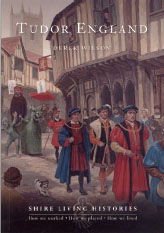
DANA HUNTLEY
by Derek Wilson, Shire Publications, Oxford, 80 pages, softcover, &doler;15.95.
Roman Britain
[caption id="BeyondtheBookshelf_img6" align="alignright" width="1024"]
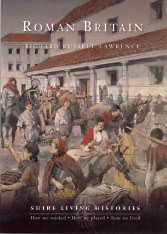
DANA HUNTLEY
by Richard Russell Lawrence, Shire Publications, Oxford, 80 pages, softcover, &doler;15.95.
“WHAT DO the simple folk do?” musically queried Guinevere in Camelot.
While the monarch and his court feasted, what did the commoners eat? How did people build, employ their leisure, get around and care for their ailments? History records the movements of armies, declarations of kings and breakthroughs of technology Many times, however, the details of everyday life through the ages get lost in the machinations of politics and doings of the powerful.
The new Shire Living Histories series is designed to explore the sights, sounds, smells and senses of daily life throughout the sundry ages of British history. Roman Britain and Tudor England are the inaugural editions of the series. Forthcoming titles range across the centuries and include Restoration England, 1920s Britain and The Industrial Revolution.
These are reasonably expensive volumes. They are, however, of high quality, richly illustrated, and both entertaining and informative. As nutshell summaries of what life was actually like during these snapshot periods of history, it is hard to imagine any brief handbook providing a more enlightening introduction.
It’s one for the birds!
[caption id="BeyondtheBookshelf_img7" align="alignright" width="446"]

DANA HUNTLEY
BIRDFAIR 2010
Egleton Nature Reserve
Rutland Water August 20-22, 2010 Admission: £10 adult; children free www.birdfair.org.uk
YOU CAN’T HIDE behind the blind and watch in silence. More than 22,000 people attended Birdfair 2009. This is among the largest birding events in the world. The Birdfair Showground on the western end of Rutland Water plays host again to ornithologists, birdwatchers and conservationists from across the globe in a three-day celebration of birds and bird-lovers.
A full calendar of events, lectures and workshop fill the showground marquees. Hundreds of exhibitors offer books and binoculars, wildlife art, clothing and birding holidays from Uganda to Uruguay. Three score organizations, from the Neotropical Bird Club to the Bat Conservation Trust, maintain stands informing of their work and passions. For anyone sharing these passions or compiling their own life list, this is the event. And right next door lie the lagoons of the Anglian Water Birdwatching Centre, where you can get away from it all, follow quiet trails and engage in some of the best water bird watching in Britain. The Birdfair website has all the details.
[caption id="BeyondtheBookshelf_img8" align="aligncenter" width="668"]
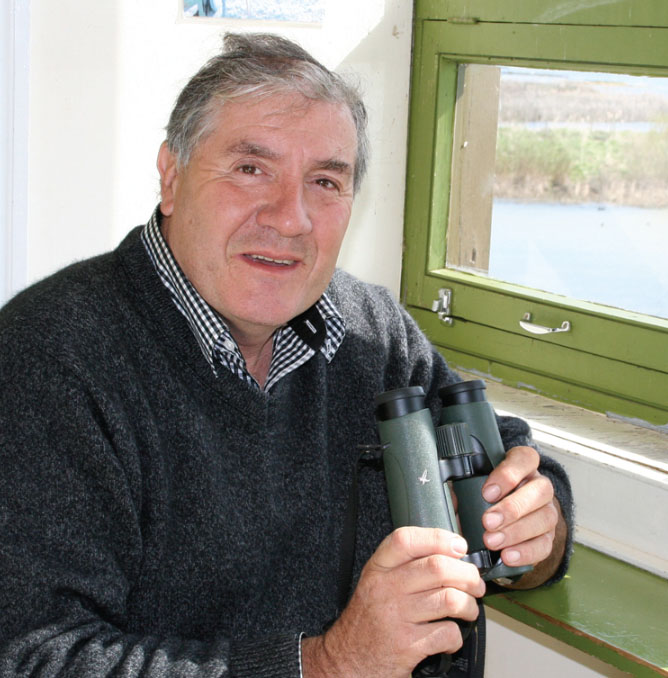
DANA HUNTLEY
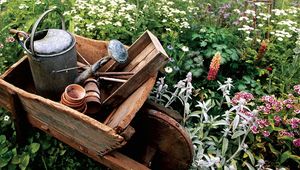
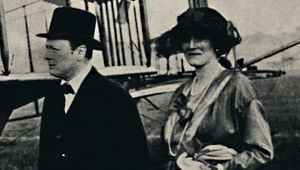

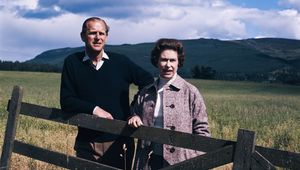

Comments